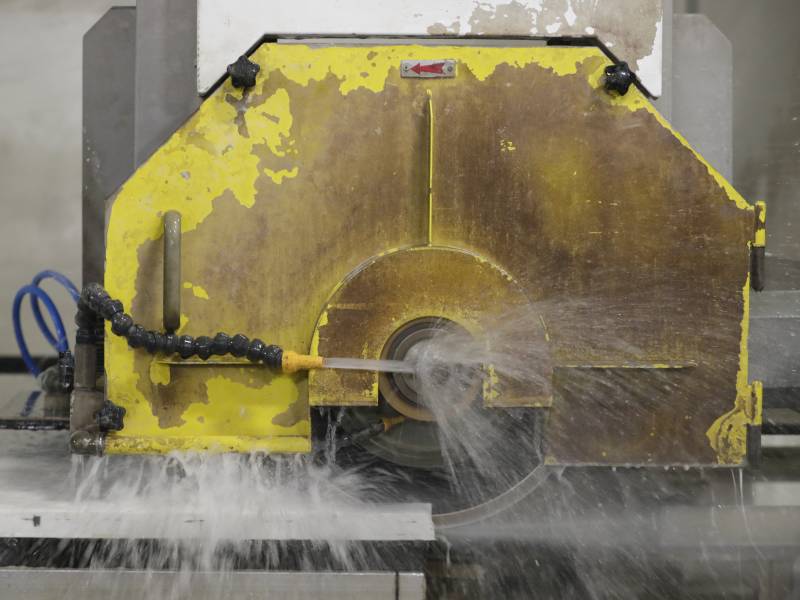The Department of Labor's workplace safety agency is getting ready to take new action to reduce workers' exposure to dangerous silica dust that can irreparably damage the lungs.
But the agency's new program doesn't give special attention to the kitchen and bathroom countertop industry, which has recently seen cases of severe lung damage that have alarmed public health officials.
Physicians have found aggressive forms of the disease silicosis in young, previously healthy workers who cut and polished countertops made out of natural stone and engineered quartz, a composite material that typically has a silica content of more than 90%. Some workers have died, and others will need lung transplants.
Finding silicosis in the countertop industry was something new for the United States, where over 2 million American workers are exposed to silica dust in other jobs like construction, according to the Centers for Disease Control and Prevention. The silica dust comes from cutting, grinding, mixing or demolishing materials like stone, concrete and brick.
In Australia, studies of countertop workers have found that more than 10% have silicosis. It's unknown how many of the estimated 100,000 countertop workers in the U. S. are affected.

9(MDAxOTAwOTE4MDEyMTkxMDAzNjczZDljZA004))